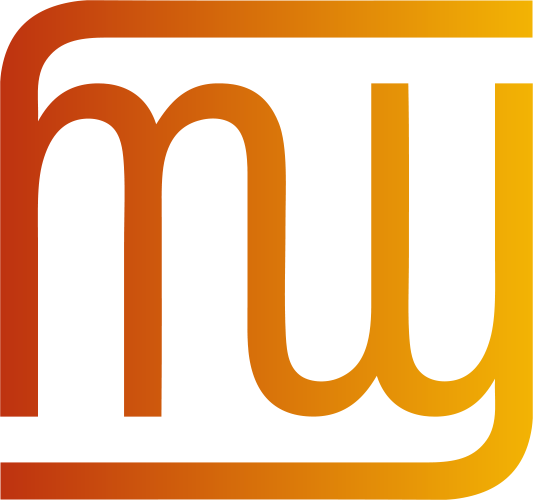 The W3C Internationalization (I18n) Activity works with W3C working groups and liaises with other organizations to ensure Web technologies work for everyone, regardless of their language, script, or culture.
The W3C Internationalization (I18n) Activity works with W3C working groups and liaises with other organizations to ensure Web technologies work for everyone, regardless of their language, script, or culture.
From this page you can find articles and other resources about Web internationalization, and information about the groups that make up the Activity.
Read also about opportunities to participate and fund work via the new Sponsorship Program.
What the W3C Internationalization Activity does
Selected quick links
Selected quick links
Selected quick links
New translations into Hungarian
Thanks to Dénes Kohn, Metaphraser Translation Company, the following articles have been translated into Hungarian.
Karakterkódolás ellenőrzése a validatorral (Checking the character encoding using the validator)
HTTP Fejlécek Ellenőrzése (Checking HTTP Headers)
Karakterkészletre vonatkozó beállítás a .htaccess fájlban (Setting charset information in .htaccess)
New translations into Romanian
Thanks to the Sorin Velescu, the following articles have been translated into Romanian.
Localizare vs. Internationalizare (Localization vs. Internationalization)
Site-uri Web monolinguale vs. multilinguale (Monolingual vs. multilingual Web sites)
Site-uri internationale si multilinguale (International & multilingual web sites)
New translations into Spanish
Thanks to the Spanish Translation Team, Spanish Translation US, the following articles have been translated into Spanish.
HTML, XHTML, XML y códigos de control (HTML, XHTML, XML and Control Codes)
¿Quién utiliza Unicode? (Who uses Unicode?)
Migración a Unicode (Migrating to Unicode)
New translations into Romanian
Thanks to the Sorin Velescu, the following articles have been translated into Romanian.
Schimbarea codificarii paginii (X)HTML in UTF-8 (Changing (X)HTML page encoding to UTF-8)
CSS3 si textul international (CSS3 and International Text)
New translations into Spanish
Thanks to the Spanish Translation Team, Spanish Translation US, the following articles have been translated into Spanish.
Verificación de encabezados HTTP (Checking HTTP Headers)
Configuración de información charset en .htaccess (Setting charset information in .htaccess)
Verificación de la codificación de caracteres mediante el verificador (Checking the character encoding using the validator)
Unicode Releases Common Locale Data Repository, Version 1.7.2
The Unicode Consortium has just announced this new release of CLDR (Common Locale Data Repository), the largest and most extensive standard repository of locale data. This data is used for software internationalization and localization: adapting software to the conventions of different languages for such common software tasks as formatting of dates, times, time zones, numbers, and currency values; sorting text; choosing languages or countries by name; transliterating different alphabets; and many others. See more information about the Unicode CLDR project (including charts).
New article: Choosing a Language Tag
FAQ-based article: Which language tag is right for me? How do I choose language and other subtags?
Following the publication of RFC 5646 earlier this year (replacing RFC 4646 as part of BCP 47), the IANA Subtag Registry now contains almost 8,000 subtags, and the list of subtag types was increased with the introduction of extended language subtags. This article tries to simplify the choice of an appropriate language tag for your needs by outlining the necessary decisions in a step-wise fashion.
By Richard Ishida, W3C.
Charlint updated
Charlint, a Perl-based character checking and normalization tool created by Martin Dürst, has been updated to support Unicode Version 5.2.
Internet Governance Forum Poster
The fourth annual IGF Meeting was held in Sharm El Sheikh, Egypt on 15-18 November 2009. The W3C Internationalization Activity had a poster [PDF] at the event.
Talk slides: Standards-based Translations with W3C ITS and OASIS XLIFF
On November 5th, Christian Lieske and Felix Sasaki gave a talk entitled Standards-based Translations with W3C ITS and OASIS XLIFF at TCWorld, Wiesbaden, Germany.
The slides are in PDF. The presentation describes ITS and XLIFF, the two standards which are important for proper internationalization and localization of XML. Topics include a discussion of general benefits of standards-based internationalization and localization, an introduction to both standards and how they help to achieve such benefits, and an explanation of the relation between the two. A highlight was the introduction of a tool for round-tripping from an XML-document with ITS information to XLIFF, and the integration of translated material from XLIFF back into the original XML.